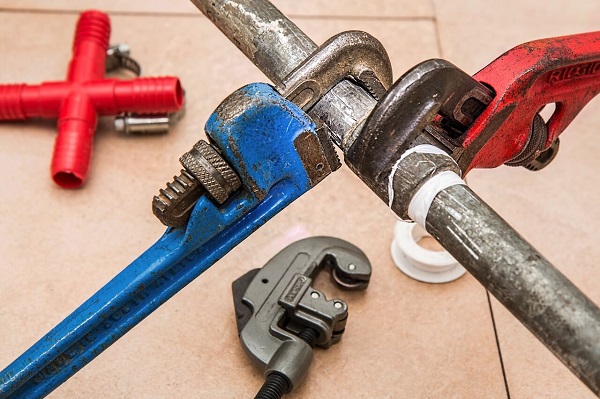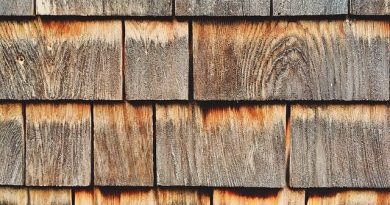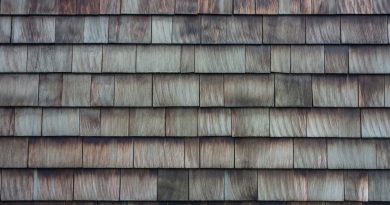My House is Leaking
Leaking Walls
One of the most commonly asked questions we get asked is “My house is leaking. What should I do?”. In this article, we are going to discuss some of the signs and the cause of the leak and give you suggestions of what you should do to rectify the situation.
Indication
Often times, a homeowner starts to consider the possibility of a leak when water appears where they are not supposed to be. When water is present either on the floor or wall, this may be a good indication of a leak. However, we would suggest you to look further to find the cause of the water. Sometimes, you might not have a leak, and the appearance of water may be rectified just by changing the way you use your home.
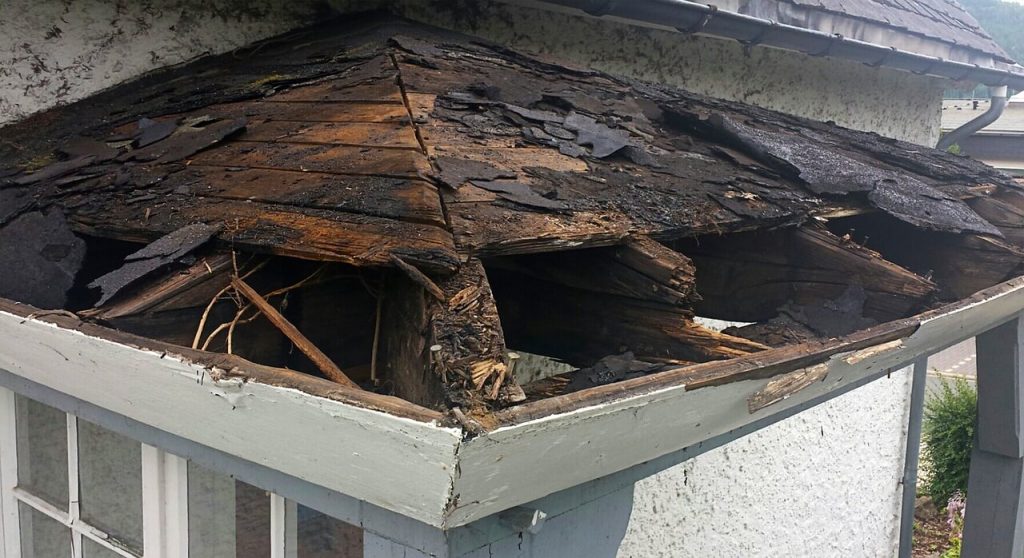
A good example would be water droplets appearing on the ground of your upper floor during summer where it hasn’t been raining for weeks. It is obvious in this situation that the water droplets was not an indication of building envelope failure because there is no water from the outside However, a lot of homeowners may panic and forget about logic when their home is on the line. This situation is more likely due to poorly insulated air conditioning unit conduits. So before you start destroying your ceiling to find out where the leak is coming from, understand the surrounding uses. You might be able to fix your “leak” by simply insulating your pipes.
Stages of a real leak
A good indication of a real leak is often accompanied by discoloration of materials. The discoloration of walls and ceilings often indicates water presence for more than a few seasons. This is a good time to find the cause, and fix the problem from the source without much invasive repairs required.
If the situation gets more serious, you can usually smell the mold and mildew. This is why you should keep the washroom well maintained, so the smell doesn’t mask the real problem. The smell is a good indication that your repair cost is growing exponentially. A knowledgeable homeowner would know to find the cause and rectify the situation before it grows out of control. You may notice the occupant having health issues related to their respiratory system.
If left unattended, mold and mildew will thrive as they feed on the wood structure and eventually cause structure failure. At this last stage, you may start to see black dots on the interior side of the wall. This is a good indication that the wall cavity is filled with mold. Another good indication is the structure may start to feel soft. The interior of the wood structure may start to become hollow.
Typical Causes
We have also talked about the AC unit false leak, which happens more often than you think. Now let’s briefly touch on some other possible causes of water presence.
1. Plumbing fixture induced leak.
If the discoloration of the ceiling is in the basement or main floor but you cannot see any signs of leaks on the floor above, then there is a high chance that the leak is caused by a plumbing fixture. These fixtures can be poorly plumbed sink, toilet, bathtub, washing machine, and dishwasher, etc.
Plumbers always check for connection tightness, so it is rare that the leak is caused by a loose connection for sink, bathtub and shower. Thus the most common fixture leak is actually caused by improperly installed toilet. Actually, improperly installed toilet wax seal, to be exact. As you have suspected, these are feces water that is already in the wooden floor structure. The proper way to rectify this situation is to hire a licensed contractor to swap out the affected material because the infestation caused by feces water is quite poisonous and harmful for humans.
Washing machine and dishwasher leaks are usually caused by inadequate pipe size. The leak may be caused by overflowing water on the top floor. If this is the case, you can usually find the source of the leak where the pipe connection between the machine and the building.
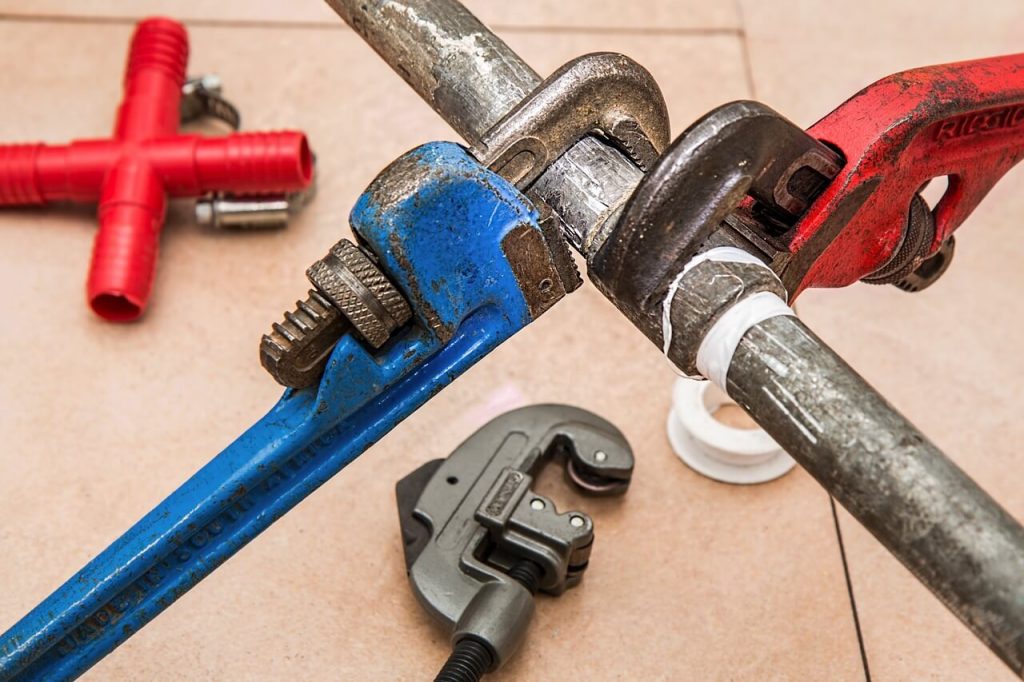
2. Window condensation leak.
This is another instance where it is not really a leak, but could lead to serious damage if left unattended. Most of the buildings now have double glazed window with thermal and moisture control, so this issue is getting less serious. However, for older building with aluminum framed single glazed windows, this can really damage your building.
The water comes from condensation. This problem causes the most harm during the Winter season. Actually, during Christmas dinner party, to be precise. With the outside being extremely cold, and the inside being extremely cozy, the moisture in the hot air would condensate on the interior of the window glazing. A good visual indication of this is the foggy windows. As the water droplets gets large enough, it would flow down on to the aluminum track. Which then finds a screw hole to enter the interior of wood structure. The damage for this type of leak would not happen overnight. You would usually see the problems many years after.
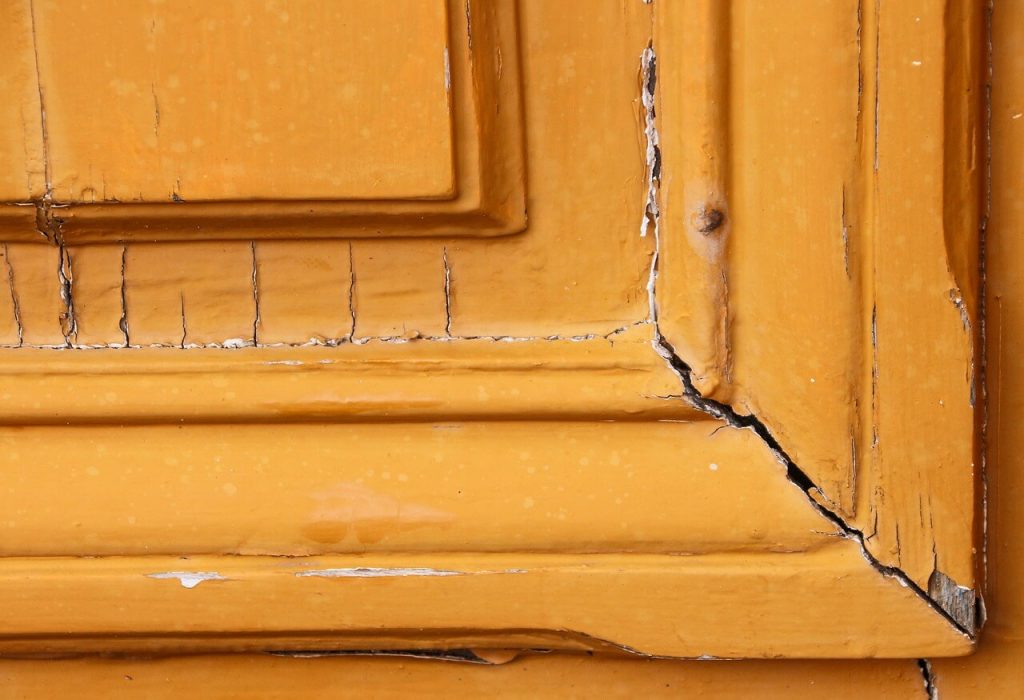
A good solution to fix this problem is to replace the windows to vinyl framed double glazed windows. This quick and easy fix would cost about $8,000 to $10,000 per house, but the benefits far outweighs the potential cost for a compromised wall structure.
3. Building envelope failure
Building envelope failure is a very general term. We have in depth discussion in other articles about them, so won’t go into details here. Basically it means water from outside has found a path somewhere within your layers of protection layers. This could happen anywhere within the building, but the source of the water will be from the exterior of the building.
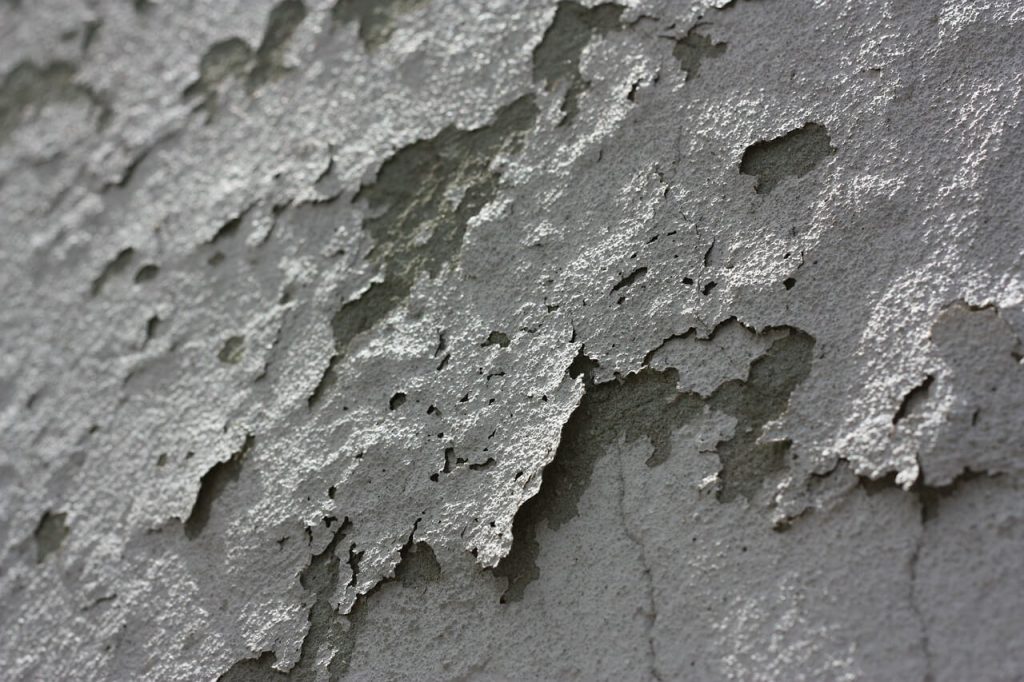
This type of leak is very hard to detect at early stages. You may look at the inside for stained or cracked interior finishes, peeling of wallpaper, or mold and odre. However, it is best determined from outside. Refer to “10 Signs of really expensive Building Envelope failure” for how to spot a building envelope failure.
4. Burst pipe within walls
Another scenario is cracked or burst pipe within the wall. This is not exactly a leak because it usually involves gushing water. If you see a lot of water coming down from within your walls or ceiling, your first reaction should be to turn off the water main. This means you should already know where your water main shut off is.
Vancouver has soft water. This means the water contains a lot of oxygen and carbon dioxide. These two elements constantly take copper away from within copper pipes, making the copper pipe’s wall thinner as time goes by. Eventually, the copper pipes would be too thin to withstand the water pressure, and burst. Conversely, Calgary has hard water which contains a lot of calcium and magnesium. These elements would bind with copper pipe and make the pipe’s wall thinner, so you would notice a reduced water flow over time.
Burst pipe can cause a lot of water damage. If it does burst, it’s an emergency. Shutting down the water main and reduce the damage, but the wet building materials has to be properly dried. This is a large renovation project we do not recommend homeowners to do by themselves. If this happened to you, please call your local restoration company. They could help handle the assessment, exploration, drying, restoring, and city’s permitting process for you.
When you see signs of a leak, you should first assess the possible cause to gauge the seriousness of the situation. Some situations are caused by long term damage, which can wait for the next day for a cheaper price. Other situations may be emergency where you should pay for the plumber’s overtime to prevent further damage.

